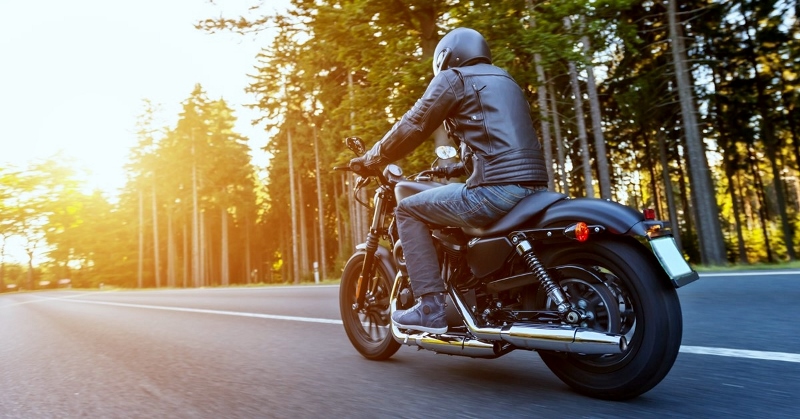In 2016, the federal government estimated that per total miles traveled, the number of deaths of people riding motorcycles was approximately 28 times that of people driving cars. While riding motorcycles is factually a more dangerous activity than getting behind the wheel of a car, observing a few unofficial rules of the road can significantly reduce your risk of injury or death in a motorcycle accident or collision.
Continue reading to find out how to stay safe when you take your chopper, cruiser, or sports bike out on the road for a joyride.
1. Wear Your Helmet
At the risk of sounding like a worried parent, wearing a helmet has been proven to reduce the risk of death or injury if you’re involved in a motorcycle collision. The U.S. Department of Transportation conducted a survey in 2017 that estimated the overall percentage of motorcyclists who regularly wore helmets was around 65.2 percent, which means nearly one-third of all people on bikes are not properly equipped!
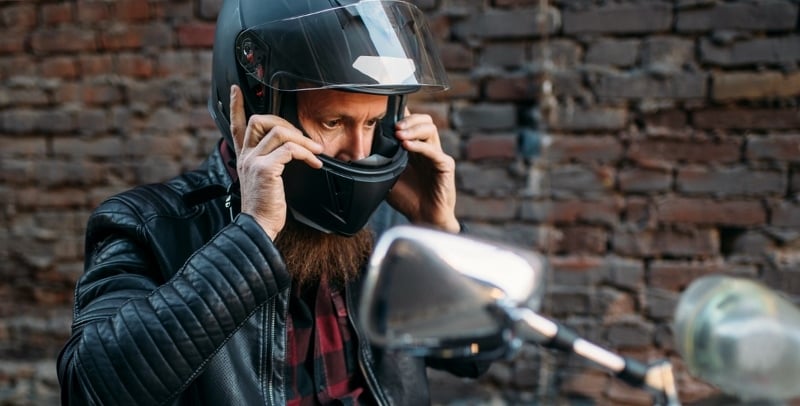
Unfortunately, helmet laws vary state to state, so in a lot of cases, there is no recourse for folks who go without. The latest research out of the CDC indicates that by wearing a helmet, you effectively reduce your risk of death in a crash by 42 percent and your risk of brain injury or trauma by 69 percent. Be smart. Protect your head!
2. Wear the Right Gear
It might seem difficult to always ride in the proper gear when the weather gets unseasonably warm, or you’re commuting to and from work five days a week. However, the appropriate apparel can drastically reduce the risk of injury in the event of a skid, crash, or collision. The proper gloves and boots with nonskid soles are a great starting place for any beginner learning the tricks of the trade. Swap out your warm-weather gloves for cold-weather gloves (and vice versa) when the seasons change for maximum protection and control.
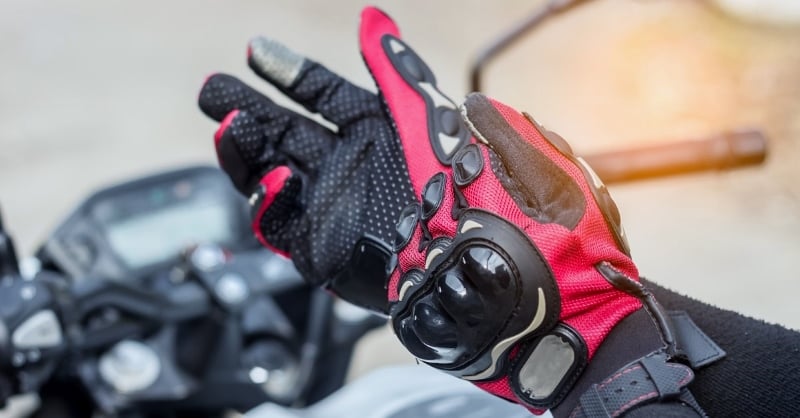
Never ride in shorts and a tee-shirt, as they won’t do anything to prevent scrapes, bruises, or worse in the event of a skid. Reflective gear is also not a bad idea when suiting up.
PRO TIP! Heated grips are a great idea for anyone with poor circulation or who wants to maintain more efficient control with thinner leather gloves.
Drive a motorcycle? Make sure you know the laws.
3. Beware of Passing Tractor Trailers
Trucks are an inevitable and vital reality on our city streets and interstates. The sooner you learn to share the road with them and respect their space, the safer you and everyone around you will be. Avoiding unnecessary motorcycle crashes before they happen begins with maintaining a safe distance between you, other motorists, and tractor trailers. As a good rule of thumb, if you can’t see their mirror, they can’t see you. Pass with caution.
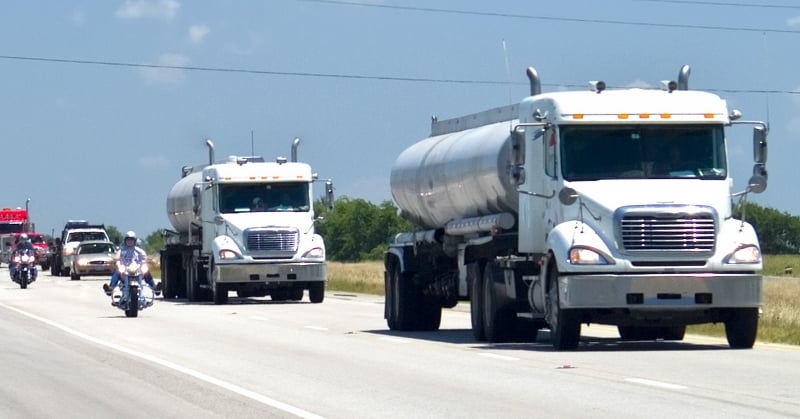
It’s also never a good idea to linger in the slipstream directly behind a semi, as you will have less time to react if the driver ahead must suddenly slam on his or her breaks. Also, keep in mind that crosswind and turbulence can be very dangerous and you never know how your bike is going to react to a sudden change in wind direction or speed. Proceed with caution when passing and anticipate how your bike will behave in the elements.
4. Don’t Ride in Bad Weather
Precipitation is often at its peak in the spring months in Bowling Green, Kentucky and Nashville, Tennessee. It can be tempting to try and race home before a storm hits or ride through a weather system if it appears there won’t be a break for hours, but new riders should be smart and pick their battles when it comes to inclement weather. The dangers that come with slick roadways double when you’re riding on only two wheels, so opt for another mode of transportation if the forecast is undesirable.
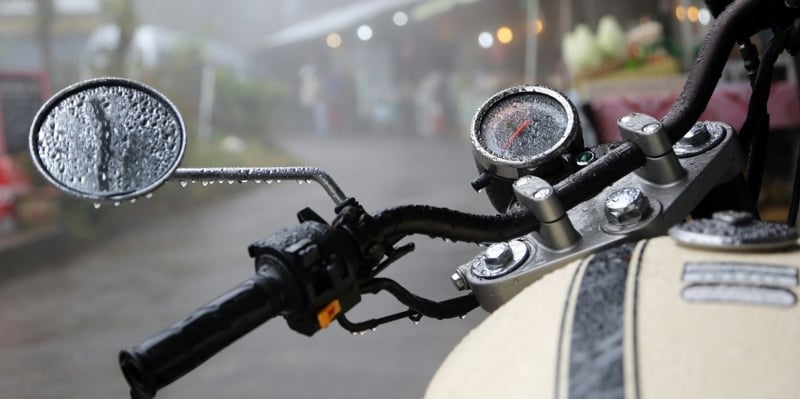
If you have to venture out, make sure the worst is over before taking your bike on the road. Slow down, concentrate, go easy on the brakes and the throttle, and reduce your speed overall. It’s better to get where you’re going slower, than risk harm to your body or bike to save a few minutes.
Have you been injured in a motorcycle accident?

